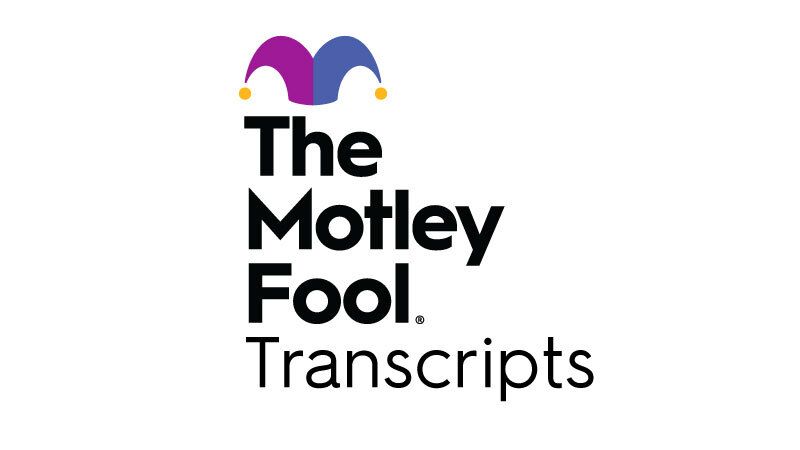Copyright thehindu

By simply layering technology onto existing inequalities, we cannot bridge the gaps in the education system, said Jian Xi Teng, Programme Specialist (Education) for South Asia. He was speaking at ‘Our Digital Futures Fest’, organised by IT for Change, a Bengaluru-based NGO. “Evidence continues to show that education technology does not fix inequalities. When we are talking about equity, adding this requirement of education technology is going to exacerbate inequalities. There is a digital divide, and it is not an input-only divide, but also a skill divide and a social divide. By layering technology onto these inequalities, we are not going to bridge the gap,” he said. ‘Need intentional use of tech’ According to Mr. Teng, intentional use of technology is critical in achieving the desired advantages that ed-tech claim to facilitate. Citing the example of IGNOU, he pointed out how it has documented 45% representation from students in rural areas and 18% representation from students of SC and ST communities each. “So, there are examples where intentional use of online learning can give opportunities to those who historically have had limited access to learning opportunities. The IGNOU also is not pure online learning. There’s a whole infrastructure of centres, examination, and assessment,” he highlighted. Mr. Teng also suggested that the term ed-tech, of which the prominent part is ‘tech’, is characteristic of a certain type of thinking coming from Silicon Valley, Global North, and financial industries where the focus is on monetisation of technology. “It is not the preferred way that I will refer to education technology,” he said, adding education needs to be about human connection. A teacher to a teacher The event also saw panel sessions where experts discussed edtech in practice. Chitkala B.C. of Sikshana Foundation opined that one aspect of equity was students having direct access to content and information being made available through technology to students is one of the major developments in the century. “As far as the teacher’s learning and development is concerned, technology definitely helps because once we are a teacher, we have very few people to go to, to further learn and improve our skills and knowledge systems. On our phones and tablets, we have a teacher at hand to the teacher,” she said. Overloading issues Varun Garg of EkStep noted that one of the biggest challenges he has observed is the overloading of the teacher who has to not only cover the syllabus within a fixed time but also handle multiple other things, including administrative duties, midday meals, and so on. EkStep has developmed AXL (Assisted Language and Math Learning) which is an AI-powered and teacher-supported initiative that helps children read. Gowri Mahesh of Learning Matters, who was also part of the discussion, wondered if there was even an opportunity for a teacher to be able to personalise the content or the delivery in the classroom? “When we talk about equitable education, we are now coming to a stage where we have free schools, free textbooks, and enrollment is happening in government schools. Access is there from that point of view. What we need to focus on is how we can drive better learning outcomes,” she said.



